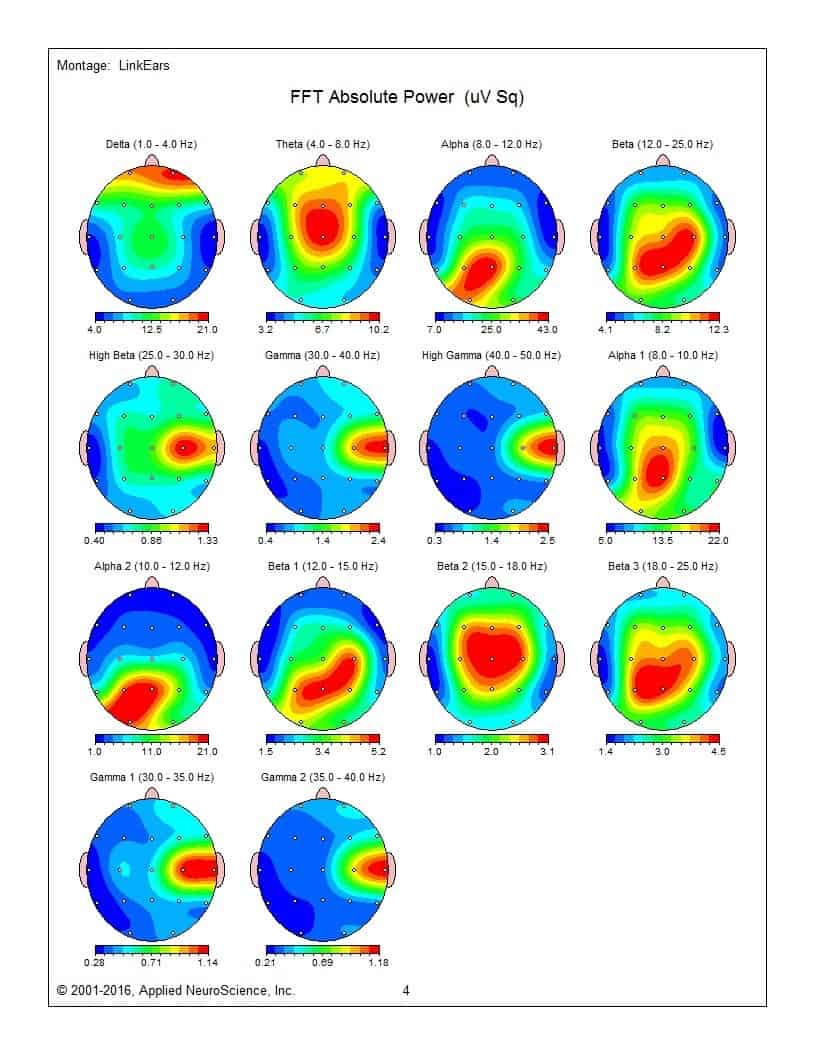Revealing the Secrets of the Mind Through Quantitative EEG Brain Mapping in Psychological Health Evaluation
Revealing the Secrets of the Mind Through Quantitative EEG Brain Mapping in Psychological Health Evaluation
Blog Article
Comprehending the individual mind is a challenging task, especially when it comes to mental health. Traditional methods of assessment often rely on interviews and questionnaires, which can occasionally overlook crucial aspects about how the mind functions. This is where qEEG brainwave analysis, or qEEG, enters into play. qEEG is a specific method that assesses neural activity in the brain. By examining these neural patterns, mental health professionals can obtain important understandings into a person's mental state, aiding to improve assessment and intervention.
qEEG works by applying small sensors on the scalp to record neural activity. These sensors measure neural signals produced by neurons, the units in the brain that interact with one another. The data collected is then analyzed and presented as a series of waveforms. Each type of neural wave—such as alpha, beta, δ, and theta—relates to different mental states and activities. For instance, alpha oscillations are often linked with relaxation, while beta oscillations are associated to engaged cognition and problem-solving. By analyzing these patterns, clinicians can detect irregularities that may indicate psychological health concerns.
One of the significant benefits of qEEG is its ability to provide objective data. In contrast to traditional evaluations that rely on subjective reports from clients, qEEG offers a distinct picture of brain activity. This objectivity can help reduce biases in assessment and result to more accurate intervention plans. For instance, if a patient is experiencing anxiety, qEEG can show specific patterns of neural activity that are associated with anxiety conditions. This information enables psychological health professionals to tailor interventions more efficiently, whether it be through therapy, pharmaceuticals, or other approaches.
Moreover, qEEG can be especially useful in tracking intervention advancement. By conducting qEEG assessments at different stages during therapy, clinicians can monitor variations in neural function over time. This continuous assessment assists ascertain whether a treatment is working or if modifications are needed. For example, if a patient is not reacting to a specific medication, qEEG may show that their brain function has not altered in a manner that suggests progress. This response loop can result to more personalized and efficient mental health care.
In conclusion, qEEG cerebral mapping is a powerful instrument in the field of mental health evaluation. By offering objective information about neural activity, it improves the comprehension of different psychological health conditions. This technique not only aids in precise assessment but also assists in monitoring intervention success. As psychological health professionals continue to explore the capabilities of qEEG, it possesses promise for improving the well-being of individuals facing psychological health issues. With ongoing investigation and advancements in techniques, the secrets of the brain may become more apparent, resulting to better results for those in requirement navigate to this website of support.